Ideas and Opinions | 5G as an Enabler of Smart Cities
The feedback so far has not been all positive but mainly due to lack of clarity and awareness on the latest developments. Some people are saying that 5G is not the problem solver, Fixed Wireless Access (FWA) is not quite what it is made out to be, and if it is just about faster speed, who will pay for it? Some pessimism has been noted from mobile operators and investors but this is also along with some optimism by analysts such as me and vendors.
Here is what I see. I see an enabler. And, I see the spirit of enablement taking shape across the region and around the world. We are truly seeing a new beginning with new ideas moving from trials to commercialization. However, I am a firm believer that “reality” is what we as part of industry make of it.
5G will impact most on transportation and logistics, manufacturing, healthcare, media, education and smart cities. Of all the key verticals highlighted, smart cities might be a good place to start if we are serious about making things happen with 5G. It might just be the place we find some of the more feasible ideas come out and where we find the initial volume to drive 5G at the right price points.
Smart city goals include creating long term economic sustainability, providing a high quality of life for citizens and ensuring safety, resource security and environmental sustainability. Smart city parameters currently define smart technology as covering technologies and services that enable easy access and widespread connectivity. Surely 5G fits within this definition, so why hasn’t it?
5G is here but only few companies have started to really plan their roadmaps with 5G in mind. It is time companies considered how 5G will impact their businesses and their services.
Within what smart city applications can be, we can immediately see how 5G networks can be an enabler of smart city infrastructure. Open a smart city plan and the common bingo words such as artificial intelligence, augmented/virtual reality, internet of things and connected cars appear. The question we might ask at this juncture is, “where does it really fit and how can it make a difference”.
I happened to be in Seoul when 5G was launched in April 2019 and I will tell you this. In my 20 years in this industry, I have never seen such a fight over a technology commercialization launch but what it represented meant a whole lot more. What is the 20 trillion won in South Korea and the US$20 billion dollar in the US allocation for research and development for if no one saw the potential in 5G.
What is missing today are the applications optimized for 5G.
Few people will pay US$50-70 per month to use 4G applications on 5G. The good news is that mobile operators know they need more applications and we are going to see more applications come out from South Korea. Not all applications will be replicable and relevant outside of South Korea but nevertheless, they represent positive effort towards monetization of 5G.
After 20 years of hibernation, it seems like our mummy of the telecommunications industry has finally woken up as 5G. We are not sure of its wrath on the world but we think it has got potential.
In most countries, even in Malaysia, prioritization of technology infrastructure is a key aspect of smart cities.
Yet for us here in Malaysia, as an example of countries around the world, 5G is still not deeply embedded into smart city development plans. It is common knowledge that 80% of mobile operator traffic originates indoors so it is not hard to see that 5G will be driven by indoor applications.
In fact, Frost & Sullivan conducted as survey at the recent Asia Pacific Spectrum Management 2019 held in Kuala Lumpur in March 2019. We found that 93% of Malaysian respondents said that the availability of digital indoor systems (DIS) is important and 55% said it was needed now. The global numbers were not too different.
This is positive for the industry yet I know from hands on experience that the indoors isn’t the easiest place to transform, especially in Malaysia. The upside to this is the fact that regionally sites are no longer solely owned by mobile operators but increasingly owned by neutral hosts and infrastructure providers. Things are slowly changing and for the better.
I started talking about 5G two years ago. What people liked about it was the potential of 5G to contribute towards growth of GDP and the potential to create the opportunities for new use cases and business models not just for mobile operators but also for the wider industry ecosystem. I also suggested then that mobile operators find initial volume within government projects to get 5G to the right prices for the rest of industry.
To frame 5G around smart cities, we see how open data can drive smart city initiatives. What better technology mine a large amount of data – faster – more sensibly – than with 5G. The only caveat is that the local government in the country in question needs to have already adopted open data. Based on today’s progress, this is still not universally the case globally.
In March 2019, Malaysia took a step forward with a public-private collaboration to make use of open data to drive smart city initiatives. MAMPU is now working closely with industry technology players such as NetApp. NetApp will provide the government with the much needed data storage and data management architecture to enable the optimization of open data in a safe environment.
Also with 5G, what is reinforced is the need for specific skillset capabilities and the role of integrators to bring together end to end solutions. The formation of industry partnerships is critical for the development of 5G. Here again we can draw parallels with the smart city world.
To be clear, if we were already creating the solutions for smart cities within government, manufacturing, transportation, logistics, retail, media, healthcare and agriculture, why are we not leveraging more on 5G, especially when it has the characteristics that can drive smart city applications.
The idea is not to scrap the fiber that is in place, even 5G depends on fiber. It might be a better approach to look at the smart city applications that are out there and to see how 5G can help to transform them. Don’t start from scratch but enhance existing plans and potentially achieve better results for every dollar invested over the smart city journey.
In conclusion, it is not about the faster speeds and wider bandwidth that come with 5G. It is about how faster speeds and wider bandwidths can impact businesses and more importantly the consumers. 5G can play a key role as an enabler in local countries progress towards smart nations.
It can even potentially power smart cities if set our minds to it. From buildings managed by smartphones to self-sustainable elders, the future is what we as part of industry make of it.
You May Also Like

Install These Free Security Tools Now!
Have you heard of intrusion detection systems? Also known as IDS, this software is often used to det...

Crowdfunding drives unprecedented efficiency
Crowdfunding has become the center of attention in the field of financing. It is also an increasingl...

Everything As a Service
Transition from Capex economy to Opex Economy World is in a transition from Macro to Micro. Granula...

IoT in Malaysia – 2019 Predictions
The year 2014 is when Malaysians started to Google the term “IoT” and ever since, the hy...

The business case for 5G
As of 2018 ,33 MNOs have been involved in 5G trials within Asia Pacific, accounting for 44% of 77 tr...

A New Face On Digital Transformation: Engagement Innovation
Whether we believe it or not we are in the fourth industrial revolution – The Digital Revoluti...

Technology & Competitive Data Analysis More Money – More Competition; everyone wins
Technology & Competition – More Money, Better Deal for Consumers & Companies – H...

Anatomy of Fintechs that’s redefining Financial services business models.
On a weekend in 2013 during monsoon I invited my friend and his family for a dinner at my place. It ...

Blockchain Taxation
World has paid a heavy price for trust, transparency, controls and accountability. Globally there i...
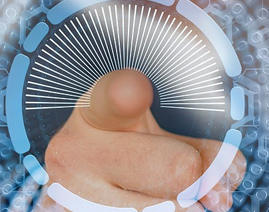
Why Is CDR / CDNR So Important?
Addressing the Fundamental Deficiency in Today’s Mainstream Cyber Security Strategies From Det...

CIO Business leadership - shifting from tech to business leadership
CIOs are no longer technocrats, they are business enablers and crucial part of organisation. CIOs sh...

Lessons in Machine Learning
More organizations are using machine learning for competitive reasons, but their results are mixed. ...

Digital Indoor System: Critical Infrastructure for Digital Economic Transformation
Digital Indoor System: Critical Infrastructure for Digital Economic Transformation Developme...

The Changing DNA of the CIO CIO as Business Enabler
The idea that the role of the CIO has now gone beyond technology and innovation related issues, and ...

Today's Digital Miners
Today's Digital Miners I guess by now everyone of us who have read an article or two on digital...

Digital Transformation Readiness Test for Banks
Digital Transformation Readiness Test for Banks The questions banks need to try to answer to test ...
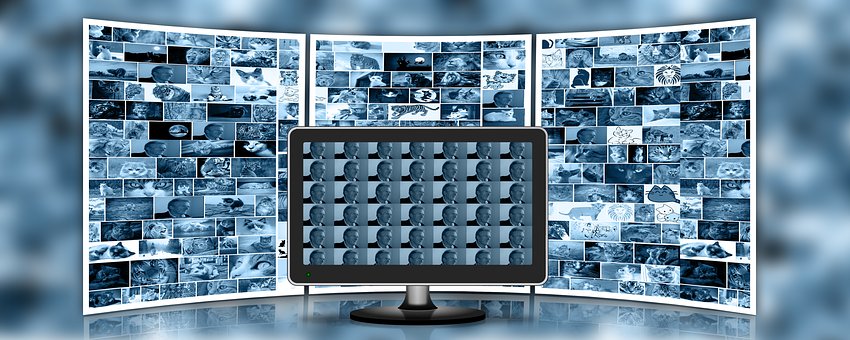
What is Machine Learning
What is Machine Learning? According to Tom Mitchell, a professor at Carnegie Mellon University has d...

Transformation of industry verticals through 5G – Focus and Look Indoors
Transformation of industry verticals through 5G – Focus and Look Indoors Now that 5G is...
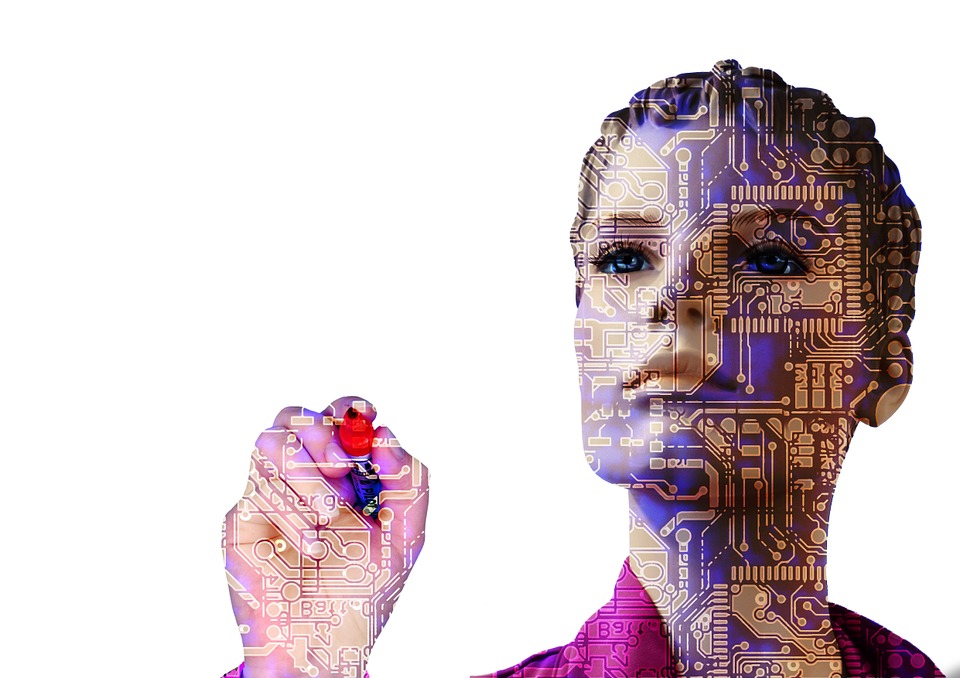
Humanize Technology - back to the basics of serving human needs, humanly
Humanize Technology - back to the basics of serving human needs, humanly The subjects of Digital Tr...
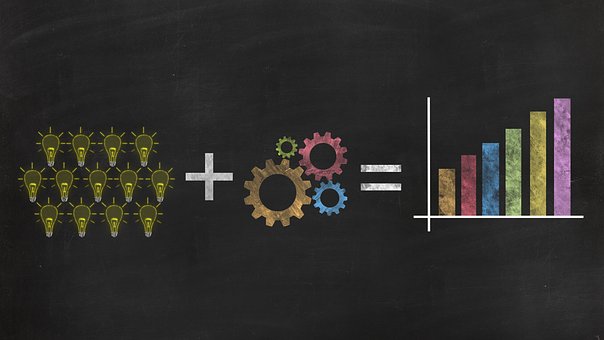
Creating the foundation for Sustainable Innovation
Creating the foundation for Sustainable Innovation In 2011, Marc Andreessen famously proclaimed tha...

About Tech Data Diversity And Inclusion
About Tech Data Diversity And Inclusion I am excited about attending the Hispanic IT Executive Coun...
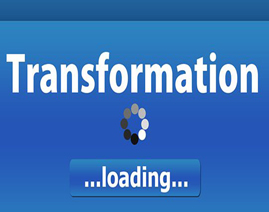
Digital Transformation: Customer Centricity & Intimacy
Digital Transformation: Customer Centricity & Intimacy It was inspiring listening to IMD Profess...

Is Industry 5.0 putting humans back in the center
Industry 4.0 focused on the machines. Is Industry 5.0 putting humans back in the center? I was on a...

Importance of IT Resilience
Importance of IT Resilience Disclaimer: The posting written here is solely of my own comment and ...

Implementing a SaaS Solution – The 3 Major Technical Challenges
So when are you planning to implement a SaaS (Software as a Service) solution? Very soon, if not alr...

So you want an #Innovation Hub?
Innovation, Design Thinking, Digital, Disruption, Agile, Transformation - these are new buzz words t...

The Unsung Hero; The Data Scientist
It is quite likely you are wondering ‘what on earth’ am I on - for cooking up such a tit...

How POC projects made me a better Project Manager
How did I get here? Project Management is a tough job. We need to keep a track on budgets, timeline...

How Data and AI can help in COVID-19 crisis
Since the first report of coronavirus (COVID-19) in Wuhan, China, it has spread to at least 100 othe...

Building thriving business partnerships with Open API
Apple and Google recently collaborated to assist in enabling contact tracing and reducing the spread...

The Future of Indoors with Digital Indoor Systems
Digital Transformation, 5G, and COVID-19 have triggered further growth in indoor traffic Digital tr...

Seizing Opportunities in the ICT Sector
The Increased Pace of Digital Transformation Automation, digitalisation, artificial intelligence (A...

CoVID19, Digital, ML
CoVid19 hit us and has now created the “new Normal” in terms WFH, Video conferences, bal...

Do we really need CEOs, CFOs, and CIOs?
Why CMOs and CTOs are all you need to succeed in today's world This is my first article in a se...

Cinématographe by the Lumière Brothers & History of AI
The Lumière brothers, Auguste and Louis, French inventors and the pioneer manufacturers...

Avenues To Expedite The Incorporation Of 5G Into Industry
5G has been launched in Asia Pacific. South Korea, China, the Philippines and other countries have b...

4G/5G Fixed Wireless Access: A Critical Revenue Growth Engine
In studying key success factors of solutions, it can almost always be shown that the underlying conc...

Big Data Machine Learning IoT and PI
In the era of the Internet of Things (IoT), an enormous amount of sensing devices collect and genera...

Asia’s Plan To Leverage 5G Is Missing A Regional Strategy
The day the world’s first commercial 5G services promised a “great leap” is still ...
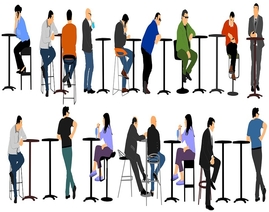
Learning from #COVID19…Would remote working be the new normal?
Musings of a Technology Evangelist In the past few months, we have all learnt many new terms&hellip...

Principles of Sustainable Cybersecurity
In past few years the annual rate of cybersecurity breaches has almost been doubled, and as a result...

Data Governance a key element for Digital Transformation
For the last few years, corporate environment, used to speak and hear lots of financial/management t...

Seven Traits of a Millennial CEO
With a staff strength and annual turnover in the order of billions and trillions respectively, Chris...

What is a Pass Key and Is Now the Time To Adopt Them?
What is a Pass Key and Is Now the Time To Adopt Them? There has been recent news about a mass...







Quah Mei Lee
Associate Director with the Frost & Sullivan ICT
Quah Mei Lee is an Associate Director with the Frost & Sullivan ICT practice. She leads Mobile & Wireless Research for Asia-Pacific and focuses on telecoms and payments strategy. Supported by her expert team, she drives thought leadership in telecoms and payments strategy and mobile digital services research.